In order for people who cannot have children with natural methods to have children, IVF treatment is applied. In vitro fertilization is an assisted reproductive technique. Couples who cannot have children due to some diseases such as advanced age, infertility of unknown cause, infection in women, low sperm count in men, tube obstruction in women, obesity can have children with this method. We will enlighten you on IVF treatment, which allows couples who cannot have children to experience this feeling.
Today, it is among the most preferred infertility treatments. test-tube baby treatment is at the forefront. In this treatment method, male and female reproductive cells are brought together in a laboratory environment. Fertilized eggs in a laboratory environment are placed in the mother's womb. In this way, the chance of conceiving children increases with the artificial insemination technique.
In order to carry out IVF treatment, operations are performed by collecting eggs, which are female reproductive cells, and sperm, which are male reproductive cells, under certain conditions. After the fertilization is completed in a healthy way, the egg will begin the division process. At this stage, after the fertilized egg is expected to turn into a structure called embryo, the embryo is placed in the mother's womb. When the embryo successfully attaches to the mother's womb, the pregnancy process begins. After attachment of the embryo, the process proceeds as in natural pregnancy.
IVF method After the eggs are fertilized in a laboratory environment, they can be placed in the uterus in two different ways. In the classical IVF method, the sperm and egg are left side by side in a certain environment and they are expected to self-fertilize. Another method is called microinjection application. In this method, sperm cells are injected directly into the egg cell using special pipettes.
Which of these two methods will be preferred is decided by the specialist physicians according to the individual characteristics of the couples. The aim of this treatment process is fertilization and then a healthy pregnancy. In this respect, providing the most suitable environments is an important issue.
What is IVF?
For IVF treatment, the egg cell taken from the mother and the sperm cell taken from the father are brought together in a laboratory environment outside the female reproductive system. In this way, a healthy embryo is obtained. With the implantation of the obtained embryo in the mother's womb, the pregnancy process begins, as in the people who become pregnant normally.
When Should Couples Consider IVF Treatment?
Women who are under the age of 35 and who do not have any problems that may prevent them from getting pregnant should be examined when they cannot conceive despite unprotected and regular sexual intercourse for 1 year. It is very important to start treatment if necessary.
Women who are over the age of 35 or who have previously had a problem that would prevent them from getting pregnant should consult a doctor if they cannot conceive after 6 months of trying. If pregnancy does not occur within 6 months, it is important to apply the necessary treatment procedures quickly so that the age does not progress further and time is not lost.
What is the Difference Between Vaccination and IVF Treatment?
Before in vitro fertilization treatment in cases of male-related and undetermined infertility vaccination therapy preferable. In the vaccination process, as in the IVF treatment, the ovaries of women are stimulated. After the eggs are cracked, the sperms taken from the male are deposited into the uterus with an instrument called a cannula.
Care should be taken to ensure that at least one of the women's tubes is open in order to carry out the vaccination process. It is also an important issue that the results of sperm analysis in men are normal or close to normal. In addition, the woman should not have an endometrial pathology that will prevent the pregnancy.
How is IVF Treatment Process?
Regularly menstruating women produce one egg each month. IVF application In this case, external hormonal drugs are given to increase the number of eggs produced by the mother. Although the treatment protocols differ from each other, basically two different hormone treatments are applied that provide egg development and prevent ovulation in the early period.
It is very important to follow the responses of the ovaries when using hormone drugs and to adjust the dose if necessary. For this, blood tests and ultrasound procedures are performed regularly.
Thus, the eggs that have reached maturity are collected with a simple aspiration needle and combined with the sperm taken from the male in the laboratory environment. In this way, fertilization is carried out in a laboratory environment. Egg retrieval is usually performed under general anaesthesia. In addition, there may be cases where it is performed under sedation and local anesthesia.
fertilization process, classic IVF method It is provided by placing the sperm and eggs side by side. In addition, fertilization can be achieved by injecting each sperm into the egg under a high-magnification microscope with micro-injection. Doctors will decide which method is appropriate for their patients.
After fertilization, the eggs are left to develop in a temperature and atmosphere controlled culture environment in a laboratory environment for 2 to 3 days or sometimes 5 to 6 days. At the end of this period, the best developing embryos are selected and placed in the uterus.
Determining the number of embryos to be transferred directly affects the risk of multiple pregnancy and the chance of pregnancy. For this reason, the number of embryos to be transferred in the process following the embryo quality is discussed in detail with the couples. Except in rare cases, embryo transfer is performed under anesthesia or sedation.
What is the Age Limit in IVF Treatment?
In IVF treatments, first of all, the ovarian reserves of women are checked. On the third day of menstruation, a hormone test is applied to the patients, as well as ultrasonography. checks of ovarian reserves is performed. If, as a result of these examinations, it is determined that the ovarian reserves are in good condition, there is no harm in applying IVF treatment until the age of 45.
Due to the negative effects of aging, it is also necessary to examine the embryo in terms of chromosomes. In addition, it is important to apply preimplantation genetic diagnosis method in women who will start IVF treatment after the age of 38. In this way, it is also possible to determine the state of the embryo.
After the age of 35 in women, the number of eggs decreases. After this age, ovulation is disrupted and besides this, problems of deterioration in egg quality are encountered. Even if the ovarian reserves are suitable for IVF, the chances of success in IVF will be much lower. For this reason, it is very important for women with infertility problems not to wait for advanced ages to have children and to start treatment as soon as possible.
There is no method for the realization of pregnancy in the IVF treatment of women who are older and have problems in the ovarian chamber. Women who plan to have children at an advanced age and have low ovarian reserves can become pregnant in the following years with egg freezing. It is important that pregnancies over the age of 35 are checked by perinatology specialists when they are in the high-risk pregnancy class.
What is the Age Limit for IVF in Men?
In men, sperm production continues continuously. Sperm quality declines over time, depending on age. Men over the age of 55 have a decrease in sperm motility. Here, the deterioration of sperm DNA due to age is considered as a factor.
What are the Required Conditions for IVF Treatment?
As is known, IVF treatment is preferred for couples diagnosed with infertility and who cannot become pregnant naturally. For this reason, women under the age of 35 should try to conceive without contraception for 1 year before applying for IVF. Due to the decrease in ovarian reserves in women over 35 years of age, the duration of intercourse is determined as 6 months. Apart from these, the people who are suitable for IVF treatment are as follows;
· Those with a sexually transmitted disease
· Women with menstrual irregularity
· Those whose tubes were removed by operation
· Those who have a decrease in egg reserves
· People with uterine adhesions or closed tubes due to abdominal surgery
· Those who have had an ectopic pregnancy before
· Those with ovarian inflammation
The conditions that are suitable for men to start IVF treatment are as follows;
· People with a family history of infertility problems
· Those with a sexually transmitted disease
· Those who have to work in the radiation environment
· Those with premature ejaculation problems
· Those who have undescended testicle surgery
Persons who are fully suitable for IVF treatment;
· Presence of hepatitis or HIV in one of the spouses
· People with cancer treatment
· Having a genetic condition in one of the spouses
To Whom IVF Treatment Is Not Applied?
To whom IVF treatment is not applied The subject is also wondered by many.
· In case of no sperm production even in the TESE method in men who do not produce sperm
· In women who have gone through menopause
· This treatment method cannot be applied to people whose womb was removed through various surgical operations.
What are IVF Treatment Stages?
People who apply for IVF treatment go through a number of stages sequentially during the treatment.
Medical examination
The past stories of the couples who go to the doctor for IVF treatment are heard by the doctor. Then, various plans are made regarding IVF treatment.
Ovarian Stimulation and Egg Formation
On the 2nd day of their menstrual period, expectant mothers who are suitable for IVF treatment egg enhancing drug starts. In this way, it is ensured that a large number of eggs are obtained at once. In order to ensure egg development, drugs should be used regularly for 8-12 days. In this process, it is important to go to a doctor's control regularly to monitor the eggs.
Collecting the Eggs
When the eggs reach the required size egg maturation needle with their maturation. After the eggs mature, they are collected meticulously, mostly under general anesthesia, with procedures that take 15-20 minutes. Sperm samples are also taken from the father-to-be on the day of egg collection. Couples are asked not to have sexual intercourse 2-5 days before the procedure.
If sperm cannot be obtained from the father-to-be micro TESE sperm can be obtained with This method is applied to people who do not have sperm in their testicles. The process, which takes up to 30 minutes, is carried out quite easily.
Fertilization
Among the eggs taken from the mother and the sperms taken from the father, quality ones are selected and these cells are fertilized in laboratory environments. Fertilized embryos should be kept in the laboratory environment until the day they will be transferred.
Embryo Transfer
Embryos that are fertilized in a laboratory environment and are of high quality are transferred to the mother's womb between 2-6 days after fertilization is achieved. With the transfer process, IVF treatment is considered to be completed. 12 days after this procedure, expectant mothers are asked to take a pregnancy test. In this way, it is ensured that the treatment gives a positive response or not.
It is important for couples not to have sexual intercourse after the transfer until the day of the pregnancy test. It is possible to freeze and use the remaining quality embryos after embryo transfer. Thus, if there is no pregnancy in the first treatment, transfer operations can be performed with the remaining embryos.
What are the Factors Affecting the Success Rate in IVF Treatment?
There are several factors that affect the success rate of IVF treatment.
· Unexplained infertility problems
· Both couples smoking
· Stress, poor diet, alcohol use
· Women over the age of 35
· High weight factor
· Polyps, fibroids, adhesions or endometriosis that prevent attachment to the uterus
· Decreased ovarian reserves
· Having some problems in the uterus and fallopian tubes
· Poor sperm quality
· Problems with the immune system that damage sperm or ovaries
· Decreased sperm count and problems with sperm retention
How Is The Embryo Placed In The Uterus After Fertilization Of The Eggs?
Transfer of the fertilized egg into the uterus is an extremely simple and short-term procedure. During this procedure, a thin plastic catheter is placed in the cervix first by the doctor. Thanks to this catheter, it is possible to transfer the embryo to the mother's womb. It is possible to obtain more embryos than necessary due to the egg-developing needles applied in the process before the procedure. In this case, the remaining quality embryos can be frozen and stored.
Is Egg Collection Painful?
vaginal ultrasound It is entered into the ovaries with the help of special needles. It is ensured that the fluid-filled structures called follicles, where the eggs are located, are evacuated. These fluids taken with a needle are transferred into a tube.
The liquid in the tube contains extremely small cells that can be seen under a microscope. Although the egg collection process is not painful, the procedures are performed under light or general anesthesia so that the patients do not feel discomfort.
How long should expectant mothers rest after embryo transfer?
Post embryo transfer It is important for expectant mothers to rest for the first 45 minutes. There is no harm in leaving the hospital after 45 minutes. Afterwards, expectant mothers do not need to rest.
Expectant mothers can easily continue their work and activities. After the transfer, expectant mothers should stay away from heavy exercises and activities such as brisk walking. Other than that, they can continue their normal lives.
What to do if the sperm count is low or no sperm is found in the sperm examination?
In case the sperm count is less than the desired rate, in vitro fertilization can be performed with the microinjection method. Thanks to this method, fertilization is possible even if a small number of sperm is obtained. If there is no sperm in the semen, surgical procedures are performed to search for sperm in the testicles.
What are the Risks of IVF Treatment?
IVF treatment risksIt is present, albeit minor, at every stage of treatment. Since the side effects of the drugs applied are mostly at tolerable levels, they do not cause any problems.
In IVF treatments, multiple pregnancy risks may occur if more than one embryo is transferred to the womb of expectant mothers. On average, a multiple pregnancy occurs in one out of every four IVF attempts.
According to scientific studies, it has been observed that IVF method slightly increases the risk of babies being born prematurely or born with low birth weight.
Ovarian hyperstimulation syndrome may occur in expectant mothers who are treated with FSH in order to trigger egg development in the IVF method.
Turkey IVF Treatment
Since Turkey is very successful in IVF treatment, many medical tourists prefer to be treated in this country. In addition, since the foreign exchange is high here, treatment, eating, drinking and accommodation costs are extremely affordable for those coming from abroad. Turkey IVF treatment You can contact us for much more information about.

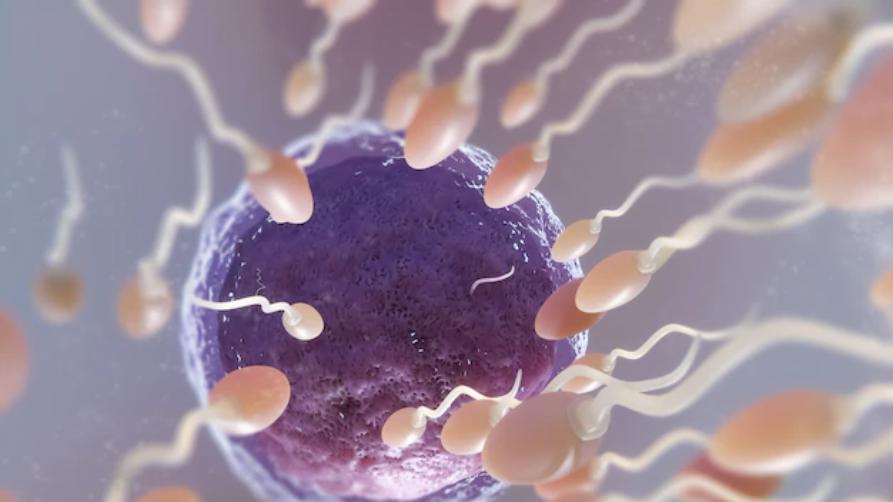

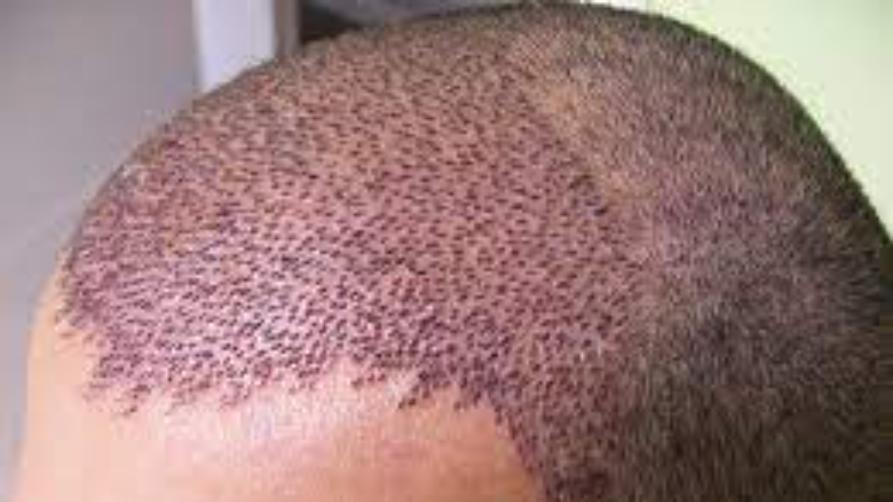

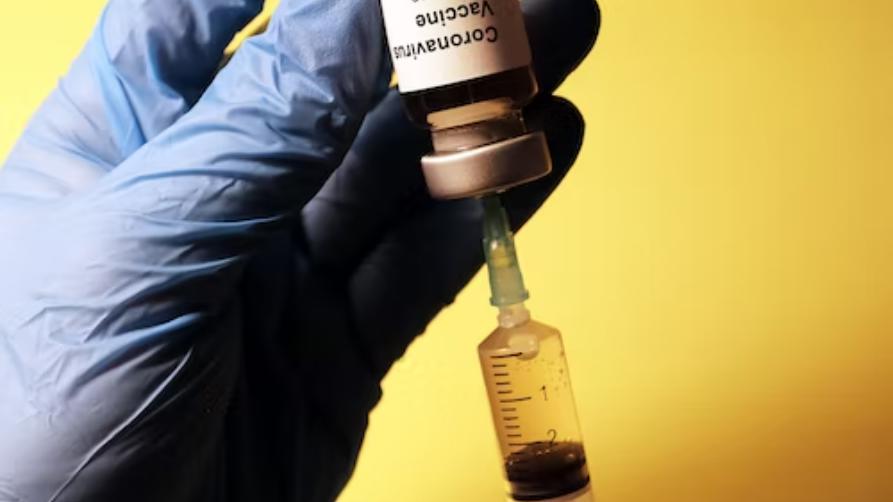
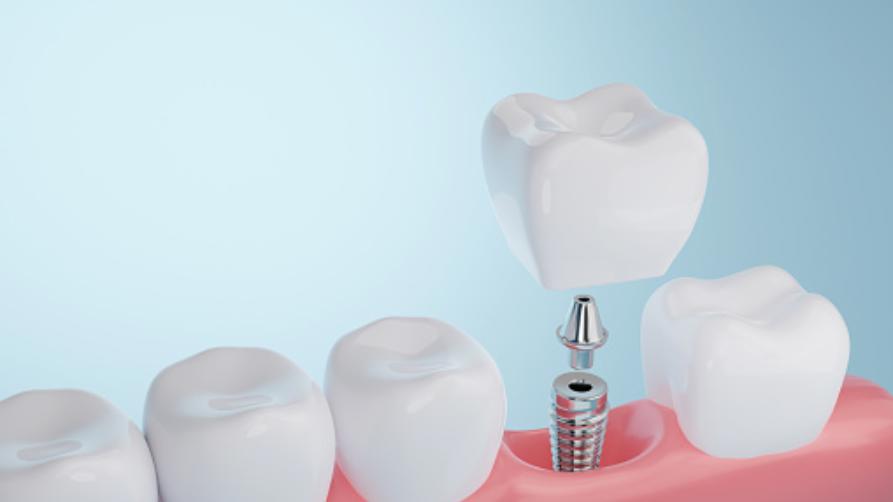


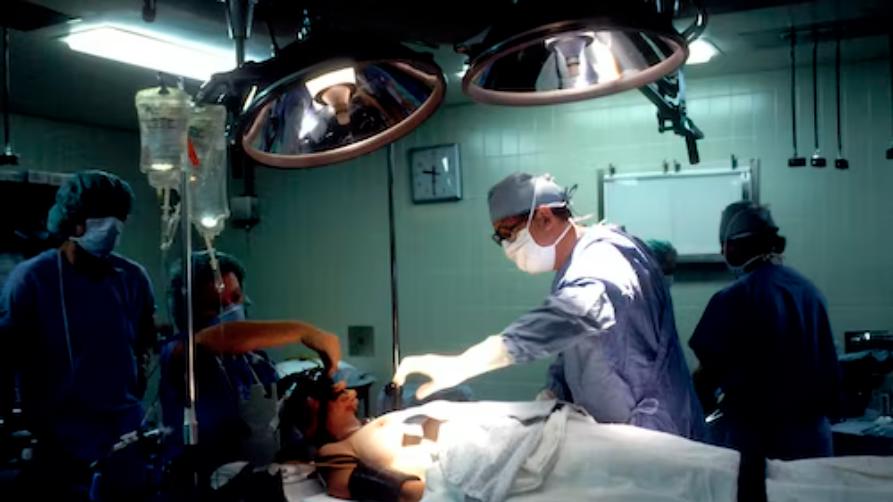
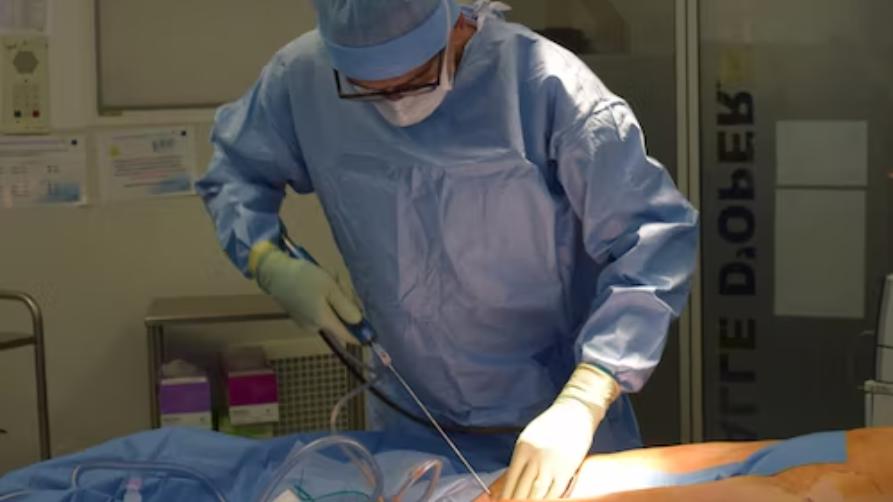
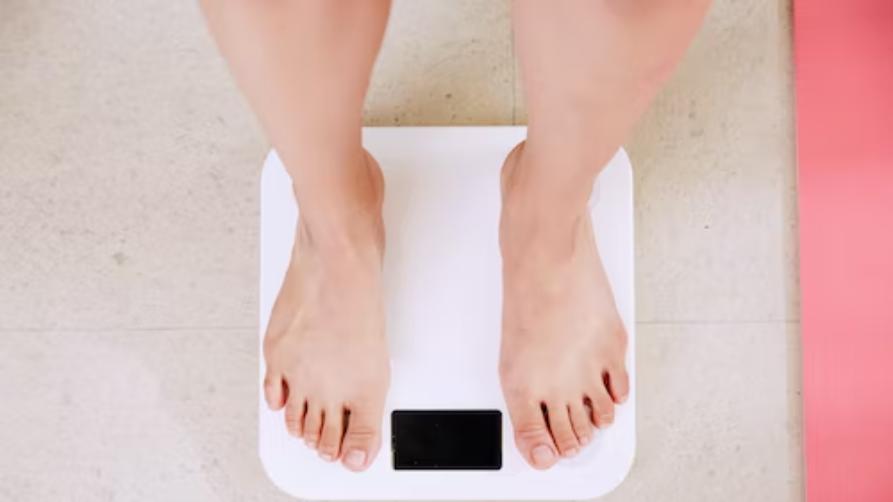
Leave a Comment